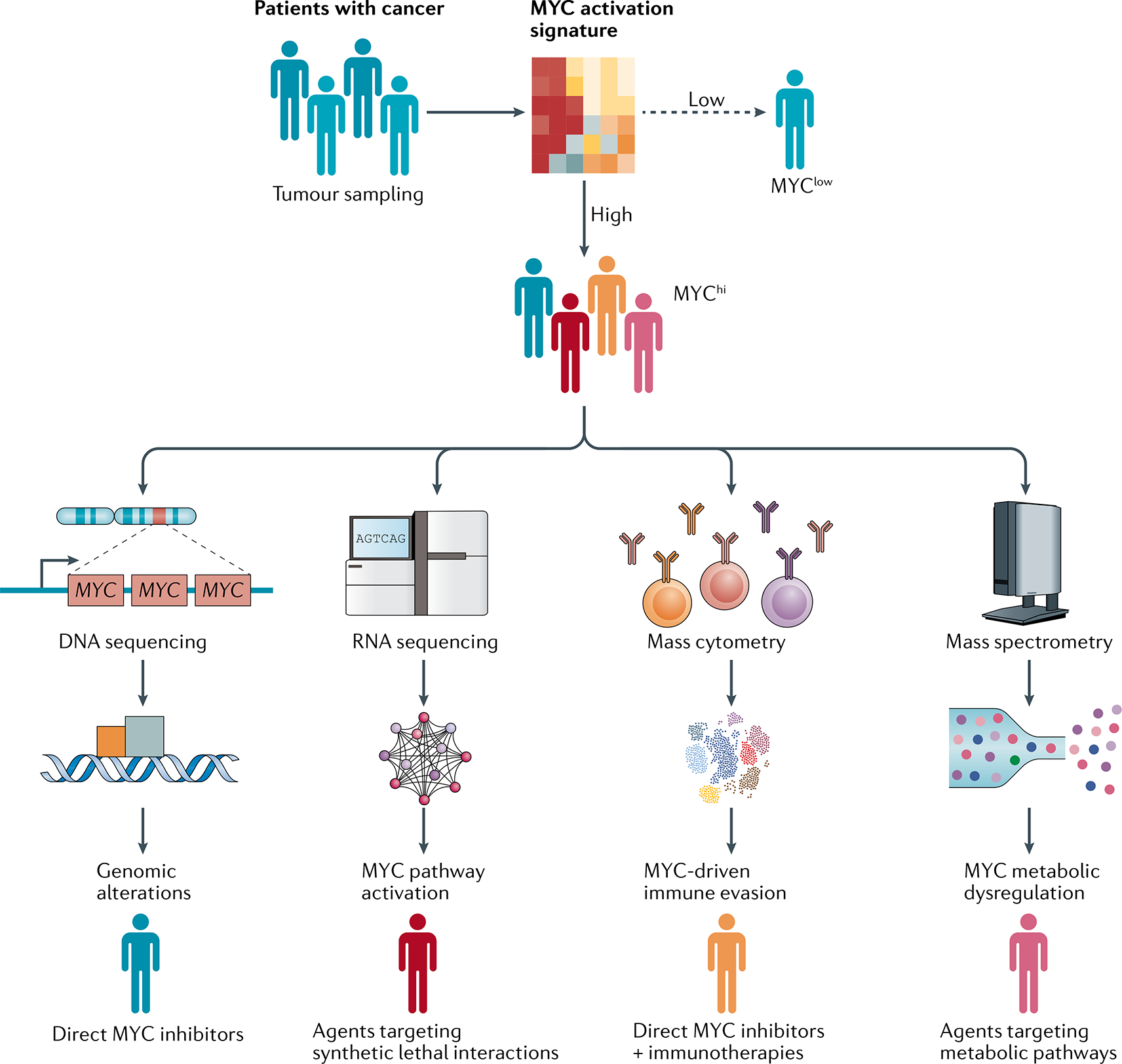Fig. 6 |. Proposed biomarker-stratified therapeutic strategies to target MYC-driven cancers.

Patients with cancer can be assigned to MYChi and MYClow subgroups defined by enrichment of an MYC activation signature in tumour samples. Patients with MYC-driven tumours can potentially be further classified according to various disease phenotypes on the basis of the dominant mechanism of action of MYC, which would enable stratification to receive different treatments. For example, patients harbouring tumours with MYC amplifications could be treated with direct MYC inhibitors, whereas those with enrichment of synthetic lethal targets of MYC would receive agents targeting these specific gene products. By contrast, MYC-directed therapies could be used to sensitize MYChi immunologically ‘cold’ tumours to immunotherapies, whereas patients with tumours in which MYC prominently induces metabolic dysregulation can be treated with drugs targeting these pathways. In summary, discoveries elucidating the specific mechanisms by which MYC drives cancer are enabling the development of novel and selective therapeutic strategies to target MYC in human cancers.
